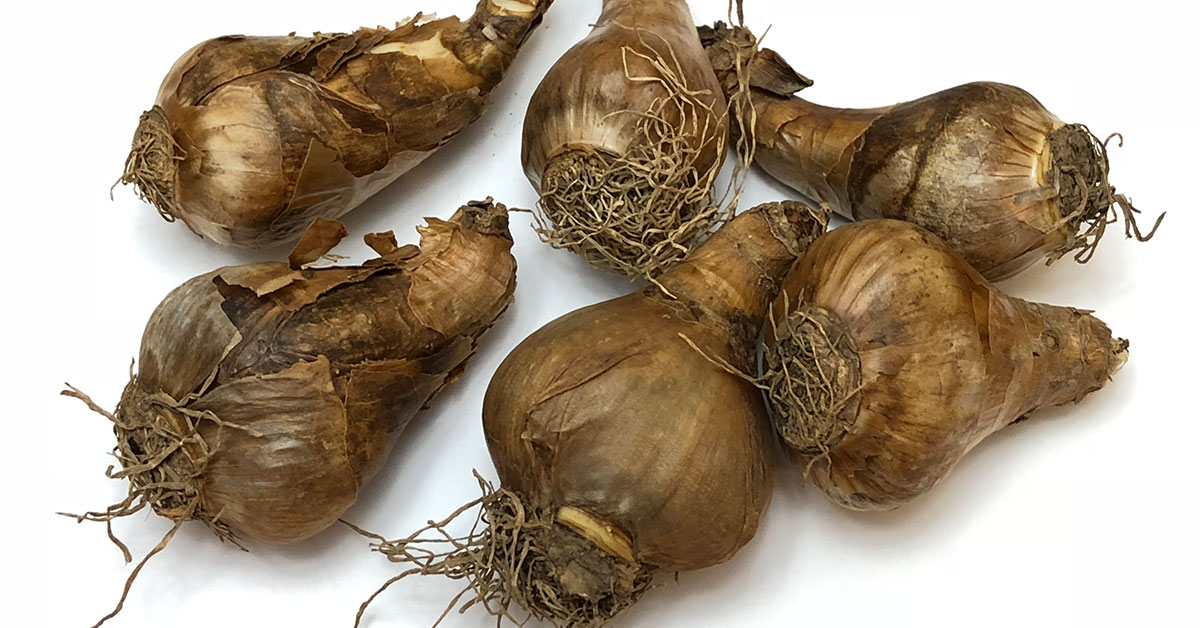Daffodils are a beautiful and hardy spring-flowering bulb that can be easily transplanted to new locations in your garden or landscape. Transplanting daffodil bulbs is a simple process, but timing is important to ensure that the bulbs are healthy and have the best chance of thriving in their new environment. In this article, we will discuss when and how to transplant daffodil bulbs.
When to Transplant Daffodil Bulbs
The best time to transplant daffodil bulbs is after the foliage has completely died back in the summer. This usually occurs around six weeks after the daffodils have finished blooming. At this time, the bulbs have stored up enough energy to survive the transplanting process and establish themselves in their new location before the winter sets in.
Why transplant your daffodils?
There are several reasons why you might want to dig up and transplant daffodils. One of the most common reasons is to thin out overcrowded clumps of bulbs. Daffodils are known to multiply rapidly, and over time, they can become overcrowded, which can lead to stunted growth and reduced blooming.
Transplanting the bulbs to a new location with more space can promote healthier growth and encourage the bulbs to continue blooming for years to come.
Another reason to transplant daffodils is to move them to a better location. Daffodils require well-draining soil and at least six hours of sunlight per day to thrive.
If your daffodils are not performing well in their current location, moving them to a new location with more favorable growing conditions can help them grow and bloom more abundantly.
Transplanting daffodils can also be a good option if you want to create a new garden bed or add color to an existing one. By transplanting the bulbs, you can create a cohesive design and ensure that the daffodils are planted in an optimal location that complements the surrounding plants and landscape.
Lastly, some gardeners might choose to dig up and transplant daffodils to save them from being destroyed during construction or landscaping projects. Daffodils are hardy plants that can survive being dug up and replanted, making them a good choice for preserving and relocating during construction projects.
How to transplant daffodil bulbs
Transplanting your daffodil bulbs is a pretty easy process, but you do need to follow some pretty specific steps in order to do it properly. You can also elect to store your daffodil bulbs to plant at a future date.
Dig up the bulbs: Use a garden fork or shovel to carefully dig around the perimeter of the clump of daffodils, being careful not to damage the bulbs. Lift the bulbs out of the ground, shaking off any excess soil.
Divide the bulbs: If the daffodil clump is overcrowded, you can divide the bulbs to create more space and promote healthier growth. Gently separate the bulbs by hand, being careful not to damage the roots or the basal plate (the bottom of the bulb where the roots grow).
Prepare the new planting location: Choose a new location that receives at least six hours of sunlight per day and has well-draining soil. Dig a hole that is two to three times deeper than the height of the bulb and add compost or well-aged manure to the bottom of the hole.
Plant the bulbs: Place the bulbs in the hole, with the pointed end facing upwards and the basal plate facing downwards. Cover the bulbs with soil, leaving a few inches of soil above the bulb to allow for settling.
Water and mulch: Water the bulbs thoroughly after planting to help settle the soil and encourage root growth. Add a layer of mulch, such as shredded leaves or bark, around the bulbs to help retain moisture and suppress weeds.
Transplanting daffodil bulbs is a simple process that can be done in the summer after the foliage has died back. By dividing the bulbs and planting them in a new location with well-draining soil and adequate sunlight, you can promote healthy growth and ensure that your daffodils continue to bloom for years to come.













